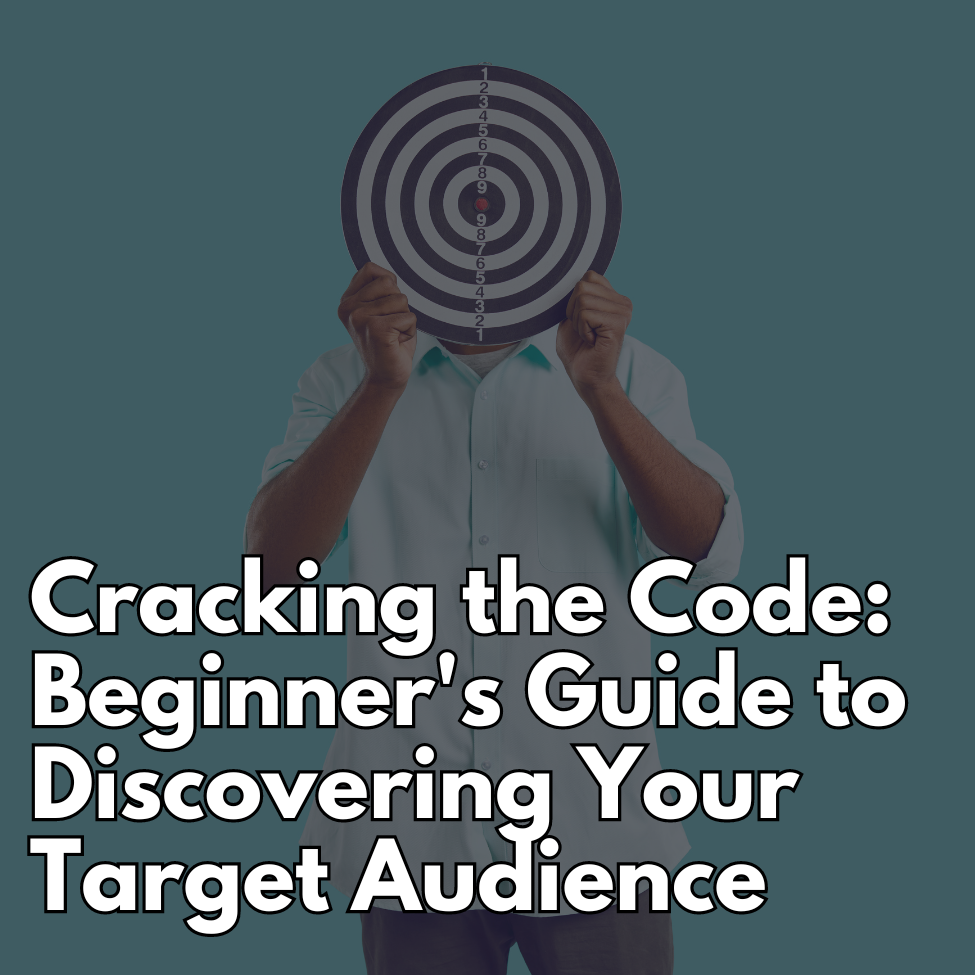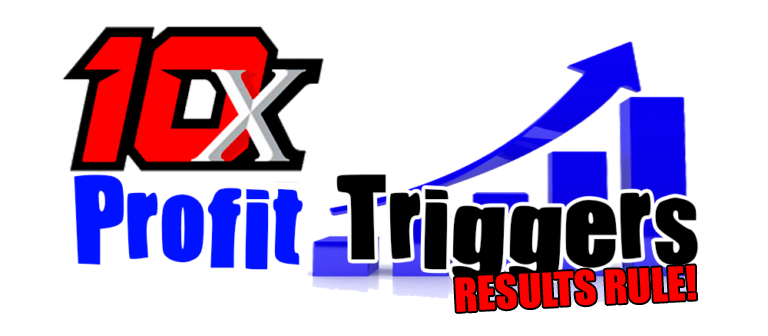
Understanding Your Target Audience
Before we embark on this journey, let’s clarify what precisely a target audience is and how you can select one. Is it merely a matter of randomly selecting individuals off the streets and declaring them as your target audience? Not quite. Here are the answers you’ve been seeking.
Your target audience comprises individuals or businesses most likely to be interested in your products or services. These are the people who are inclined to purchase from you, derive value from your offerings, and potentially become loyal customers who consistently support, stay with, and recommend your business.
In my system, I emphasize the existence of three primary markets that remain timeless:
- Health
- Wealth
- Relationships
These three markets have persisted since time immemorial. People perpetually seek ways to improve their health, enhance their appearance, find love, make more money, attain financial security, and nurture meaningful relationships. These fundamental human desires transcend eras, making them enduring markets.
However, you might wonder how to position your business within these markets. Do you merely declare, “I want to cater to health” and call it a day? Regrettably, it’s not that straightforward. Navigating markets can be challenging, which is why many businesses falter within their first five years.
The Concept of Niching Down
To effectively identify your target audience, consider the concept of “niching down.” A niche market is a subset of the market that a specific product or service focuses on. It defines the product’s features tailored to meet specific market needs, along with the price range, production quality, and demographics it aims to target. Essentially, it’s a specialized market segment.
Here’s how you can apply this concept:
For instance, if you select the wealth industry, don’t stop at a broad declaration. Instead, delve three steps deeper. Determine what precisely you intend to offer within the wealth industry. Are you planning to sell real estate or provide financial advice? Once you’ve decided, consider who your target audience is within that niche. Is it dentists, lawyers, plumbers, or another group?
These are the questions you should be asking yourself when defining your ideal target audience. Moreover, keep this golden nugget in mind: focus on a market segment facing significant and high-ticket problems. If you’re selling straws to restaurants, unless you’re a major distributor, your profit margin might be limited. Aim to address substantial challenges.
Let’s take a real-world example: Real Estate. Suppose you’re a real estate agent selling houses. Who is your target market?
First, ascertain the cost of the houses or the product in general. Then, consider who can afford these homes. For instance, if the homes are priced at $300,000, individuals earning minimum wage ($15 per hour) might not be your ideal target audience. Instead, focus on blue-collar workers and define this group further based on their characteristics, locations, and preferences. Market yourself in areas where your target audience resides, but remember that competition is fierce.
This approach can apply to both products and services. Every market presents its unique challenges, and by addressing these challenges effectively, you can secure financial compensation for your solutions.
An Example of Successful Targeting: Dollar Shave Club
Consider Dollar Shave Club, a brand that experienced remarkable success with shaving products, primarily targeting men. Their growth can be attributed to a brilliant marketing campaign targeting men. Their YouTube ad, in particular, embodies their strategy. In this ad, Dollar Shave Club effectively conveys three key messages:
- Affordability: They offer razors for as low as $1 per month (initially).
- Job Creation: The ad suggests that using their products helps Americans secure more jobs (an impactful message, given the company’s acquisition for a billion dollars).
- Streamlined Product: Dollar Shave Club prides itself on removing unnecessary features from their products.
This example demonstrates how precise targeting can lead to extraordinary success. Dollar Shave Club identified a niche market (men seeking cost-effective and efficient shaving solutions) and tailored their messaging accordingly.
Identifying Your Ideal Target Audience: A Recap
In summary, identifying your target audience is pivotal for the success of your business. It serves as the compass guiding your marketing efforts, ensuring you direct resources effectively, create personalized content, and connect with your audience on a deeper level. Without this knowledge, your business risks squandering time, money, and energy on individuals unlikely to convert into customers.
Here’s a brief recap of the steps to identify your target audience:
- Analyze Your Product or Service: Understand the primary benefits and features of your product or service and identify who would benefit the most and encounter the most relevant problems.
- Examine Your Current or Potential Customer Base: Evaluate your existing customers to identify common characteristics, interests, behaviors, and motivations. Use this data to find more individuals who resemble your current customers.
- Study Your Competitors: Investigate your competitors and their target audience. You may discover overlooked market segments or opportunities for differentiation.
- Demographic and Psychographic Segmentation: Break down potential customers by demographics (age, gender, location, education, occupation) and psychographics (values, interests, lifestyles). Creating detailed audience profiles will aid in personalizing your marketing efforts.
- Evaluate and Adjust: Recognize that identifying your target audience is an ongoing process. Monitor your marketing campaigns and adjust your approach based on feedback and results.
Furthermore, in your quest to define your ideal target audience, don’t underestimate the power of data. Businesses today have access to more data than ever before. Utilize insights from social media, website analytics, and customer feedback to gather information about your audience’s behavior, interests, preferences, and more.
In conclusion, identifying your target audience is fundamental to your business’s success. It not only informs your marketing strategies but also helps you develop products and services that cater to customer needs and allocate resources efficiently. While the process may evolve as your business grows or market conditions change, the patience, consistency, and adaptability you exhibit will guide you toward success.
Remember, as a beginner, take the time to understand your product, your customers, and the market. Use data and analytics to inform your decisions, and don’t hesitate to make adjustments when necessary. Success in identifying your target audience is a continuous journey, one that can lead to stronger customer relationships and lasting business growth.

